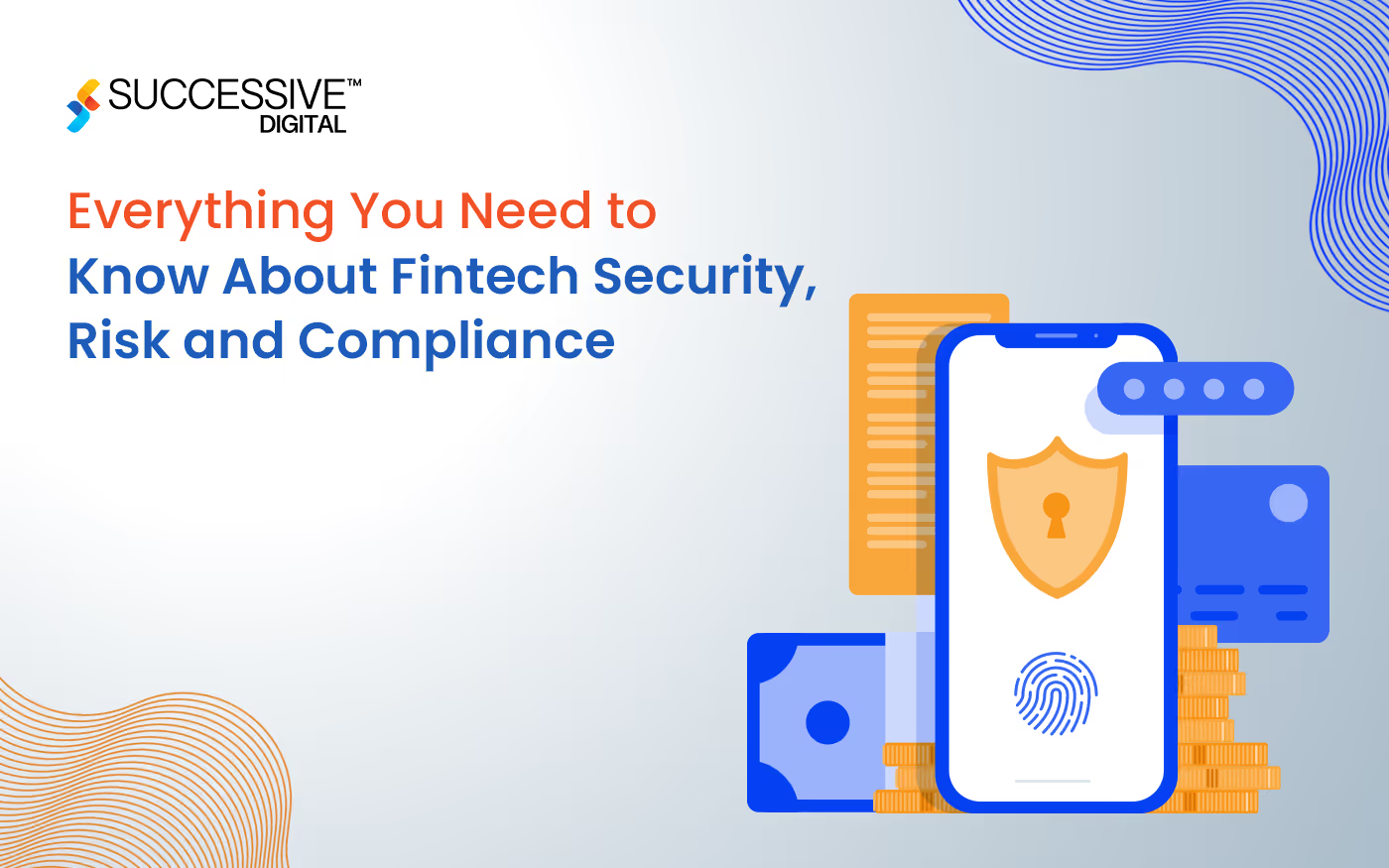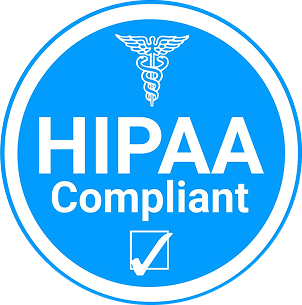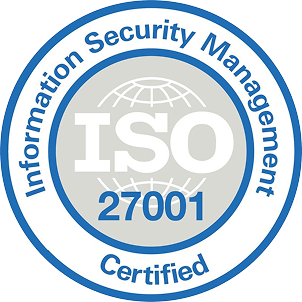Enterprise cloud computing adoption is on the rise due to its ability to provide scalable, on-demand resources, supporting uninterrupted business continuity across various industries and regions. As cloud solutions and storage technologies have use cases beyond storing data in remote locations, it will not be wrong to question is cloud technology secure?
To support distributed teams and ongoing business operations, teams work on VDI systems. For global expansion, enterprises do put, store, process, and retrieve data from remote and edge locations. Such business and technical decisions helped the enterprises expand users and profits, but put the data beyond control. Henceforth, the security of business data, especially in times of evolving compliance and regulatory requirements imposed by various countries, is of utmost importance.
By 2025, most enterprises will have moved to hybrid or multicloud models. While traditional security strategies have been in place to secure on-premises requirements, they are not suffice to meet today’s dynamic IT infrastructure. Henceforth, it is essential for CTOs or IT managers to evaluate cloud security vs traditional security practices.
Adopting cloud security solutions can enable businesses to align with the cloud’s shared responsibility models and computing. It helps them tailor their security strategies to address the risks associated with distributed, cloud-native development.
Understanding the Basics
1. What is Traditional Security?
Traditional security refers to the practices used to secure applications, data, and other IT processes and assets deployed in on-premise data centers or locations. These data centers often involve physical firewalls, fixed network access controls, and perimeter-based defences. Therefore, this infrastructure and IT operations typically ignite the need for manual configurations that lack the flexibility to scale IT resources and business needs with them.
The on-premises setup runs within the internal network, which is considered secure, and works well since all data and applications reside within on-site data centers. As businesses expand their operations with an increasing need for digital ecosystems, companies struggle with traditional methods of running applications and protecting data outside the organization’s physical perimeter.
2. What is Cloud Security?
Cloud security refers to the combination of practices, policies, and technologies implemented by cloud hosting companies or platforms to protect cloud-hosted data, applications, and infrastructure. It is a key part of the cloud computing security model as cloud environments split security responsibilities between cloud providers and their users. Unlike traditional security practices, cloud security is built around automation, continuous monitoring, and distributed access controls. Through which, different cloud services and security features are provided, like identity and access management (IAM), encryption, and threat detection.
It supports all cloud delivery models, such as public, private, and hybrid environments. One of the most significant advantages that cloud security practices ensure is that they support the scalability and resilience that modern enterprises expect as they expand their digital environments. Therefore, cloud security enables seamless adaptation to changing workloads, evolving threats, and compliance mandates without requiring manual overhead.
Cloud Security vs. Traditional Security: A Side-by-Side Comparison
Since we have developed a basic understanding of what traditional security and cloud security mean for the business, let’s deep dive into the fundamental differences between cloud security vs on-premise security. Having an understanding of the difference between the two helps enterprises navigate the hybrid cloud path effectively. Both models offer unique strengths, but their effectiveness depends heavily on how and where data, workloads, and users are distributed. Let’s understand both with a quick comparison table:
The comparison highlights a significant difference in the methods used for implementing and optimizing cloud computing versus traditional computing in companies. Security-sensitive companies and enterprise-scale organizations mostly prefer hybrid environments. This enables them to use traditional security to rigorously control application and data deployments in on-premise environments, while leveraging cloud security to achieve better agility and resilience for managing remote teams, SaaS workloads, and global compliance requirements.
Types of Security In Cloud Computing
Cloud-based deployments and cloud native applications require security based on shared responsibility practices promoted by the cloud service provider. Businesses engage with cloud service providers for various requirements and, therefore, select different engagement models. Based on that, various types of cloud security solutions are strategized, executed, and optimized. Let’s check those engagement models and define types of cloud security.
Infrastructure as a Service (IaaS) Security
IaaS is a familiar term in cloud computing, where businesses choose cloud services such as storage, hardware, servers, and networking components on a lease or pay-as-you-use model. Following shared responsibility principles, cloud providers assume the responsibility for securing the basic infrastructure, including the physical security of hardware and the virtualization layer. As the organization holds the fort on its end, they have to secure operating systems, applications, data, and network traffic.
As cloud platforms are complex, companies typically need help to build and operationalize a robust cloud security posture for securing IaaS environments by:
- Selecting and designing secure landing zones and network architectures aligned with compliance standards
- Implementing identity and access management (IAM) frameworks to enforce the principle of least privilege
- Deploying cloud infrastructure through infrastructure as code (IaC) with built-in security checks
- Integrating continuous monitoring tools for vulnerability management and intrusion detection
- Advising on encryption strategies for data at rest and in transit
Henceforth, solution providers utilize proven engineering practices and perform their part of the shared responsibility model, ensuring that OS, data, applications, and network configurations are fortified. They combine cloud-native security features to ensure resilience.
Platform as a Service (PaaS) Security
Within PaaS environments, companies lease platforms and environments for application development, management, and delivery. Although cloud providers like AWS are responsible for securing the platform, the underlying infrastructure, operating systems, and backend services, it is the customer’s or business’s job to secure their applications and data. Since model application development practices involve DevOps, a technology partner helps companies ensure security and development pipeline integrity through:
- Embedding secure coding practices into DevOps or DevSecOps pipelines
- Automating application security testing (SAST, DAST) during build and deployment
- Configuring role-based access and API-level security controls
- Monitoring deployed apps for vulnerabilities and compliance violations
Such a level of cloud native security features helps clients innovate quickly on PaaS platforms like AWS Elastic Beanstalk or Azure App Services without sacrificing security.
Software as a Service (SaaS) Security
The modern definition of SaaS has shifted to encompass application development, incorporating unique characteristics of cloud-native architecture, such as microservices, containers, and horizontal scaling. Henceforth, securing applications and data that are loosely coupled and distributed requires a comprehensive understanding of cloud native security controls. As cloud providers handle most infrastructure and applications security, businesses need support for:
- Integrating SaaS apps securely into enterprise ecosystems (identity federation, SSO)
- Configuring user roles, access policies, and data governance controls
- Conducting security assessments of SaaS providers to evaluate compliance with frameworks like SOC 2 or ISO 27001
- Advising on secure data migration and backup strategies for critical SaaS workloads
Firewall Security
Essentially, firewall security operates as a surveillance system for network traffic, monitoring and managing both inbound and outbound activity according to pre-set safety regulations. In cloud platforms, security can be enhanced through specialized cloud-based firewalls provided by the cloud service or third-party solutions engineered for such deployments. Henceforth, beyond traditional perimeter security, cloud solutions are implemented like:
- Advanced cloud-native firewalls (e.g., AWS WAF, Azure Firewall)
- Micro segmentation strategies to limit east-west traffic risks
- Integration of intrusion detection/prevention systems (IDS/IPS) into cloud networks
- Centralized logging and monitoring dashboards for incident response
This layered approach ensures that traffic flowing within and outside the cloud environment is continuously inspected and governed.
Hybrid Cloud Security
Hybrid Cloud architecture allows applications and data to move flexibly between private and public cloud environments. For instance, an application running primarily on a private cloud can dynamically leverage additional public cloud resources during periods of peak demand, a process known as scaling. This helps optimize operational costs and enhance business performance without incurring permanent infrastructure expenses. Therefore, hybrid cloud security focuses on safeguarding this composite environment by establishing and maintaining consistent security protocols across both private and public environments. Hybrid cloud security practices also address the added complexity of managing security across multiple cloud service providers and diverse infrastructure through:
- Developing unified security policies and automated compliance frameworks spanning on-premises and cloud
- Implementing secure connectivity (VPNs, Direct Connect, or ExpressRoute)
- Orchestrating centralized identity and policy management across private and public environments
- Deploying automated threat detection and response tools that operate seamlessly across hybrid landscapes
Multi-Cloud Security
Multi-cloud architecture introduces additional layers of complexity, as it involves a mix of public, private, and hybrid cloud services within a single architecture, distributing applications, data, and workloads across multiple providers, such as AWS, Azure, and GCP. Having multiple environments means addressing the challenge of consistently managing access and protecting data, despite each provider having different security protocols and compliance standards. The goal is to ensure unified enforcement of security policies and resilience against threats across all cloud platforms. In multi-cloud scenarios, standard security measures are practiced, including:
- Standardizing security controls and identity and access management (IAM) policies across platforms such as AWS, Azure, and GCP
- Managing encryption keys and secrets centrally to maintain consistency
- Establishing cross-cloud visibility through unified security dashboards
- Conducting continuous risk assessments to identify misconfigurations or provider-specific vulnerabilities
Exploring Cloud Security Services, Models, and Solutions Enterprises Use Today
The modern application security practices are tailored around flexibility, automation, and layered defenses. As more businesses move sensitive workloads off-premise, they’re investing in cloud security solutions and models built to protect dynamic environments. To deliver that, several service categories and architectures have been developed, shaping enterprise security today. Those are discussed below:
- Security-as-a-Service (SECaaS): A subscription-based model enables organizations to purchase tools for their IT teams, equipping them with the capability to rapidly deploy features such as identity and access management (IAM), encryption, and advanced threat detection, without incurring heavy infrastructure investment.
- Compliance Management and Reporting: In response to evolving security challenges, cloud providers provide cloud-native dashboards. The dashboards help track alignment with frameworks such as HIPAA, SOC 2, and GDPR, and streamline audit preparation as needed.
- Multi-Tier Cloud Computing Security Architectures: Modern cloud-native applications’ architecture enables applications to be isolated in different tiers, each with varying security policies and controls based on sensitivity and function. These layered setups apply security controls at the infrastructure, application, and data levels, reducing the risk of single points of failure.
- Different Cloud Security Services and Integrations: Organizations often combine built-in services (e.g., AWS Shield) with specialized third-party tools to address specific needs, such as container security or API monitoring.
Choosing the right mix of cloud security services and models depends on factors such as business size, application deployment methods, regulatory complexity, and the criticality of data stored or processed in the cloud.
Why Cloud Security Delivers Key Advantages for Modern Enterprises
Modern organizations face constant pressure to protect distributed teams, remote workloads, and always-on digital services. Here’s where cloud security advantages stand out:
- Real-Time Threat Detection and Automated Response: Cloud-native platforms can monitor millions of events per second and automatically respond to suspicious activity, minimizing human error and downtime.
- Built-In Compliance and Reporting: Many cloud providers offer tools aligned to standards like PCI DSS, HIPAA, and ISO 27001, simplifying compliance audits.
- Elastic Scalability and Cost Efficiency: Security controls automatically scale up during peak demand and scale down when demand drops, helping manage costs without reducing protection.
- High Availability and Redundancy: Cloud architectures spread workloads across global regions, supporting business continuity even during local outages.
These benefits strengthen both cloud computing and network security, and make public cloud computing security more practical and effective for growing enterprises.
Deciding Between Cloud Security, Traditional Security, or Hybrid Approaches
For most businesses, the conversation isn’t about choosing strictly between cloud security vs. on-premises security, but how to combine both effectively. A few key points to guide that decision:
- Data Sensitivity and Compliance: Highly regulated industries (e.g., healthcare, finance) may keep core systems on-premise, while migrating less critical apps to the cloud.
- Business Agility Needs: Enterprises scaling rapidly or operating across regions often gain the most from elastic, distributed cloud security solutions.
- Cost vs. Control: On-premise systems offer direct control, but can be expensive to scale. Cloud models trade some direct control for operational flexibility and cost savings.
- Cloud Computing vs Traditional Computing Risk Profiles: Cloud-native systems typically have built-in redundancy and faster recovery, but require careful management of shared responsibility.
In practice, a hybrid or multicloud model often delivers the best of both worlds—keeping critical assets on-premise while using cloud capabilities for scalability and resilience.
.avif)




.webp)





.jpg)









